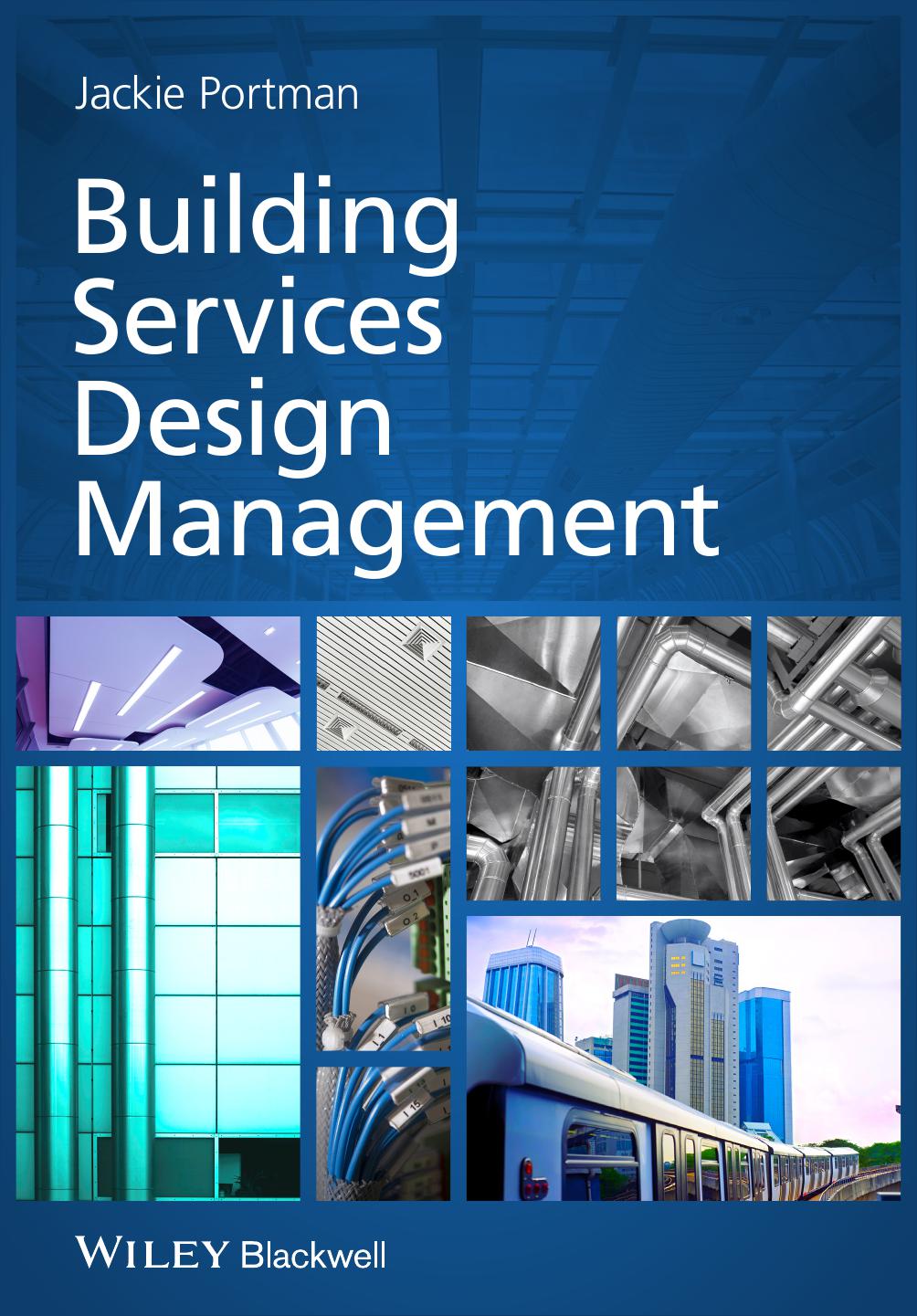Contents
Introduction
Evolvement of building services engineering Range of building services engineering systems in a building Unique features of building services Professionalisation of building services engineers
Part One The operating context
1 The operating environment
- 1.1 Organisational arrangement Ownership arrangement
- Scope of services
- Integration with other entities
- Types of projects by building sector Geographical operating span
- 1.2 The internal environment
- Human capital
- Structural capital
- Relationship capital
- Summary
2 The external environment
- 2.1 Competitor analysis
- 2.2 PESTLE analysis
- Political drivers
- Economic drivers
- Social drivers
- Technical drivers
- Legal drivers
- Environmental drivers
- Summary
3 Engaging building services engineers
- 3.1 Types of comminssions
- Desing comminssions
- Survey commissions
- Advisory commissions
- Witnessing commissions
- Construction administration
- 3.2 Contracts
- Allocation of design responsibility
- Provision of third party information
- Warranties
- Bonds
- Insurances
- Partnering
- 3.3 Fees
- 3.4 Getting work
- Responding to enquiries
- Summary
4 Stakeholder interfaces
- 4.1 The client team
- 4.2 Enforcing authorities
- Building control
- Local planning departments
- Non-departmental public bodies
- 4.3 The design team
- Architects
- Lngineers
- Quantity Surveyors
- Specialists
- 4.4 The construction team
- Main contractors
- Subcontractors
- Suppliers
- 4.5 Utility service providers
- 4.6 Non-contractual interfaces
- Summary
- Reference
5 professional ethics
- Summary
Part Two Technical issues associate with building services design
6 Design criteria
- 6.1 External design criteria
- Meteorological design criteria
- Microclimates
- Pollution and contaminants
- 6.2 Interior design criteria
- Thermal comfort
- Visual conditions
- Acoustic conditions
- Electromagnetic and electrostatic environment
- Life safety criteria
- Vertical transportation
- Specialist services
- Connectivity
- Controlled outdoor environment
- 6.3 Voluntary codes and practices
- Incentive schemes
- Eco-labelling
- Summary
- Reference
7 System descriptions
- 7.1 Public utility services connections
- Electricity
- Gas
- Water
- Information and broadcast communications
- 7.2 Ventilation
- 7.3 Heating
- 7.4 Cooling
- 7.5 Air-conditioning
- 7.6 Water systems
- Hot and cold domestic water services
- Irrigation systems
- Fire water systems
- Wastewater removal systems
- 7.7 Gas systems
- 7.8 Electrical distribution
- Source of supply
- Transmission system
- Earthing and bonding system
- Electrical supplies for mechanical, public health
- and other equipment
- 7.9 Artificial lighting
- External lighting
- 7.10 Controls
- 7.11 Lightning protection system
- 7.12 Fire detection and alarm system
- 7.13 Smoke and fire control systems
- 7.14 Security systems
- Security lighting
- Access control system
- Closed circuit television
- Alarms
- Patrol stations7.15 Structured wiring system
- 7.16 Broadcast communications technology systems
- 7.17 Mobile telephony systems
- 7.18 Audio, visual, audiovisual and information systems
- 7.19 Facilities for the disabled
- 7.20 Vertical transportation
- Summary
8 Off-site manufacturing
- Summary
Part Three The design management process
9 Design execution
- 9.1 Project stages
- Preparation
- Design
- Prisconstruction
- Construction stage
- Handover and close-out
- In use
- 92 Design management issues
- Design responsibility matrix
- Hierarchy of legislation and standards
- Stakeholder analysis
- Site visits
- Health and safety responsibilities
- Life cycle considerations
- Managing FF&E requirements
- Areas of potential overlapping responsibilities
- use of software
- Summary
10 Risk management
- Risk identification
- Risk evaluation and quantification
- Risk sharing, managing and monitoring
- Summary
- References
11 Information management
- Project related information
- Reference information
- Knowledge management
- Summary
12 Value management
- Summary
13 Planning management
- Summary
- Reference
14 Commercial management
- Procuremant routes
- Cost management
- Bills of quantities
- Contract variations, claims and disputes
- Summary
15 Quality management
- Summary
16 Performance management
- Issues with performance measurement systems
- Summary
Part Four Special buildings
17 Special buildings
- 17.1 Commercial kitchens
- 17.2 Hospitals and healthcare facilities
- 17.3 Data centres
- 17.4 Shopping centres
- 17.5 Sports facilities
- 17.6 Hotels
- 17.7 Educational buildings
- Index
